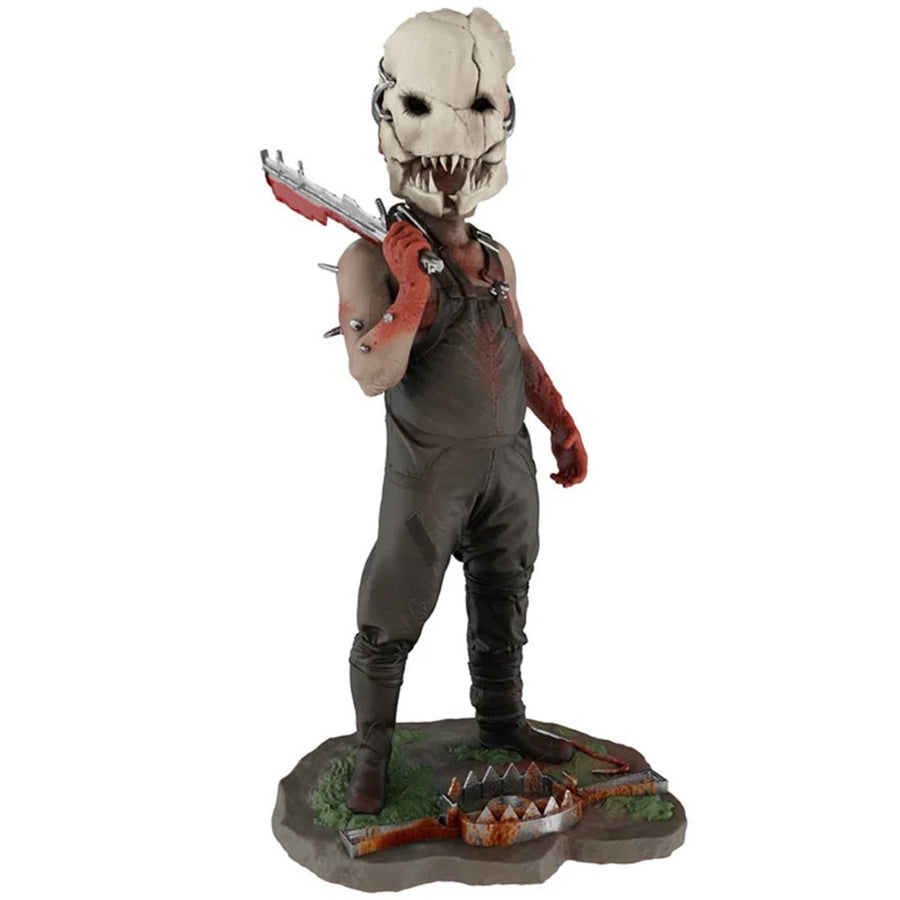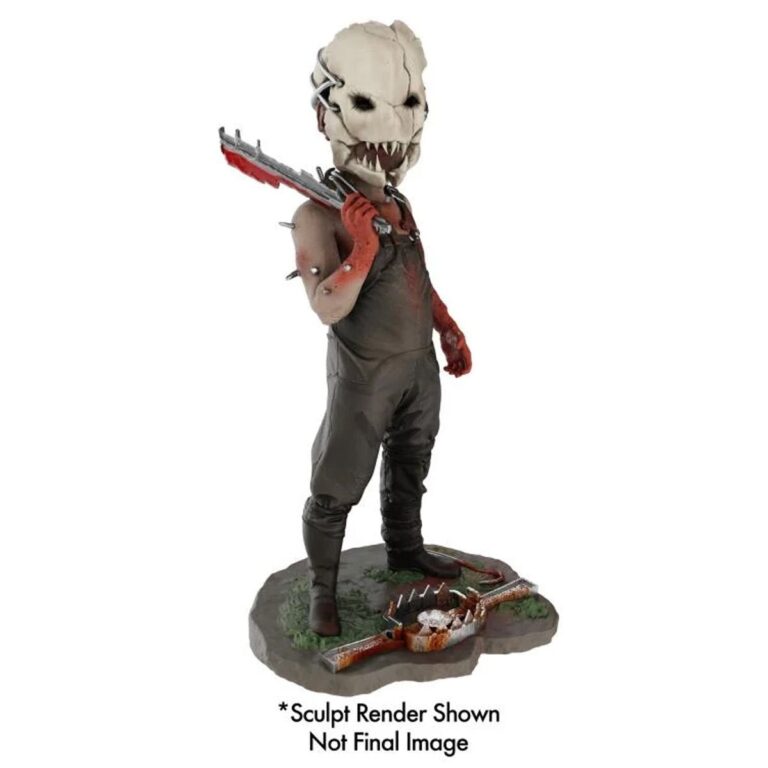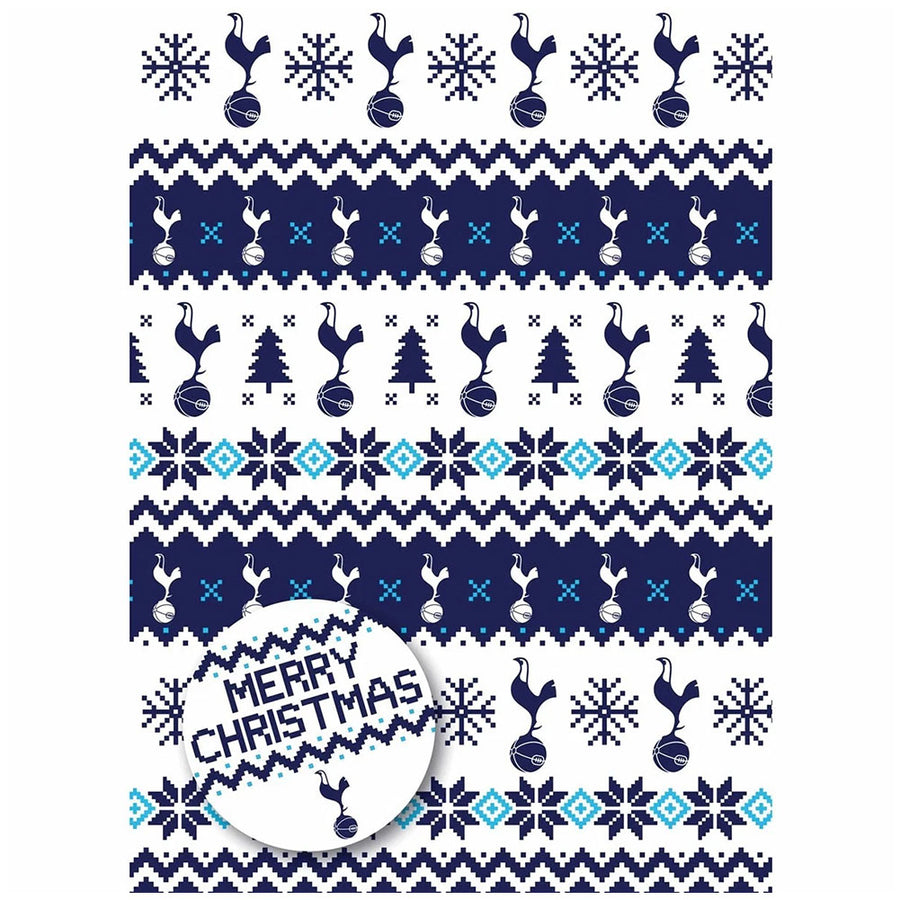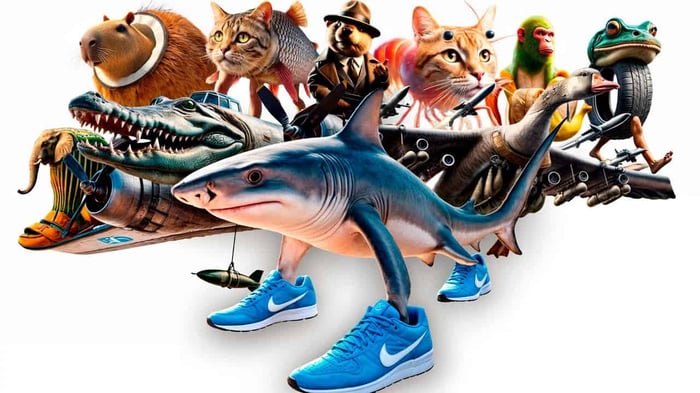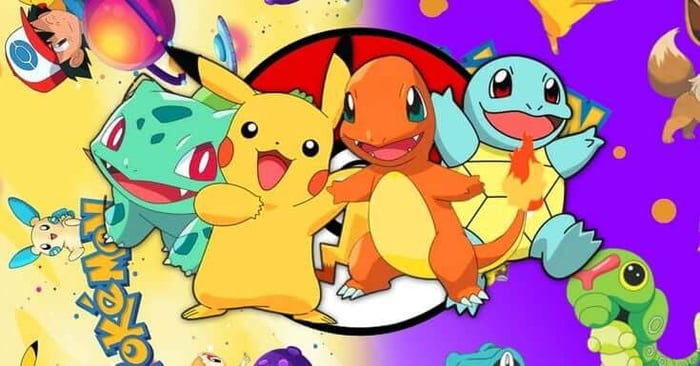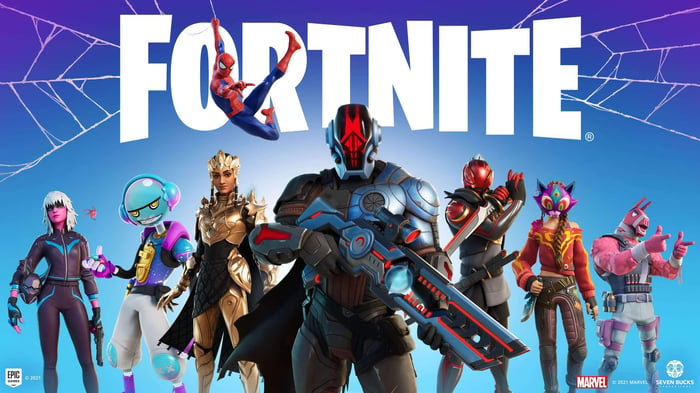Every year, internet slang evolves at lightning speed, shaping how we communicate, joke, and identify with online culture. In 2025, no phrase has captured the zeitgeist quite like “brain rot.” What began as a throwaway description of endless scrolling and meme overload has transformed into a defining cultural aesthetic, spawning memes, viral characters, and even entire communities devoted to embracing the chaos.
So, what exactly does it mean? Why is it trending? And how has it gone from a slangy insult to one of the most important cultural forces of the year? Let’s dive into the phenomenon.
What Does “Brain Rot” Actually Mean?
In its simplest form, “brain rot” is used to describe the mental numbness caused by consuming too much digital content. Think hours of TikTok loops, Twitch marathons, or meme compilations on YouTube. But the meaning has shifted over time.
Today, it doesn’t just describe overstimulation—it’s an identity and aesthetic. To say you’ve got “brain rot” is often a badge of honour online, signalling that you’re in on the joke, fluent in meme culture, and part of a wider internet tribe that thrives on absurdity.
It’s ironic, it’s self-deprecating, and it’s deeply 2025.
The Rise of Brain-Rot Characters
One of the main reasons this trend has blown up this year is because it’s now attached to mascots and characters that embody the vibe. Think crudely drawn animations, surreal AI-generated animals, or distorted pop culture icons reimagined through layers of irony.
Skibidi Toilets may have set the groundwork back in 2023, but 2025 has seen a wave of similar surrealist humour: talking objects, cursed cartoons, and parodies of everyday life.
Goofy creatures like ‘Derpy the Tiger’ (from K-Pop Demon Hunters) have been co-opted by meme culture, with fan edits exaggerating their silliness until they’ve become icons of internet absurdity in their own right.
Even classic characters are getting the treatment—retro mascots like Sonic, Mario, and Care Bears are constantly remixed into absurd, “rotted” versions that trend for weeks before being replaced by the next.
These figures are intentionally silly and low-effort, embodying the idea that it doesn’t need to be polished to go viral. That’s the point: this content thrives because it’s chaotic, disposable, and funny precisely because it doesn’t take itself seriously.
The Language of Brain Rot
Like every internet wave, brain rot has its own slang and linguistic quirks.
“Rotting” is used as shorthand for bingeing something (e.g., “I’m just rotting in bed watching cat edits”).
Exaggerated emojis and misspellings dominate captions. This humour often leans into broken grammar and chaotic visuals to enhance the absurd vibe.
Catchphrases and soundbites spread rapidly, usually clipped from Twitch streams, obscure anime dubs, or even retro cartoons. These snippets then become brain-rot staples, endlessly remixed in different contexts.
It’s a kind of shared internet dialect—nonsensical to outsiders, but deeply resonant for those immersed in meme culture.
Why Is It Trending Now?
1. The Escapism Factor
With constant headlines, climate worries, and economic uncertainty, young people are leaning into humour as a coping mechanism. Brain rot is absurdist, meaningless, and comforting—it allows you to laugh at nonsense instead of doom scrolling bad news.
2. Short-Form Platforms Favour It
TikTok, Instagram Reels, and YouTube Shorts thrive on fast, silly content. The memes are perfect for the format: 10–20 seconds of chaotic fun that loops endlessly.
3. Community-Building
It isn’t just about content; it’s about belonging. Using the slang, sharing the memes, and laughing at the chaos is a way to show you’re part of a digital tribe.
4. The Recycling of Nostalgia
A big part of this trend is remixing old content into absurd new forms. Kids’ TV mascots, vintage toys, or retro video game characters are constantly getting memed into “rotted” edits. This taps into nostalgia while also mocking it, making it feel both familiar and new.
This is where things get interesting for collectors. While this trend might seem temporary, it has already begun shaping how people engage with merchandise and memorabilia.
At Infinity Collectables, we’ve seen how internet culture drives interest in both modern and nostalgic pieces. A character memed into brain-rot stardom can suddenly see a surge in collectable demand, whether it’s a Funko Pop, a plush, or a retro reissue.
For example:
Retro toys like Tamagotchis and Care Bears are being remixed in memes, reigniting interest among both Gen Z and millennials who grew up with them.
Gaming mascots from Mario to Sonic are constantly used in rotted edits, making physical collectables of these icons feel more relevant than ever.
Even seemingly “random” characters—like a background anime sidekick or a quirky 90s cartoon—can experience renewed hype if they go viral in meme culture.
In a fragmented internet age, collectables provide something brain rot content never does: permanence. While memes come and go, a figure or poster on your shelf anchors that fleeting cultural moment.
Is Brain Rot Just a Passing Fad?
Some cultural critics argue that this trend is simply the latest cycle of meme absurdism, destined to fade like “Harlem Shake” or “Cheems Doge.” But others believe it’s more than that.
It reflects how we process culture in the algorithm age. It thrives because we consume at such speed that depth becomes impossible—so instead, we embrace the chaos. It’s self-aware nonsense, a wink to the reality of living online 24/7.
Even if the exact memes fade, the attitude behind brain rot—ironic, absurd, and ever-shifting—is likely here to stay.
Final Thoughts
Brain rot might sound like an insult, but in 2025 it’s become a badge of cultural fluency. It’s the way young people signal belonging in the meme economy, the aesthetic of absurd humour that dominates TikTok, and the remix culture that turns even the most random mascot into an icon.
At the same time, it highlights something important: in a world where culture is fleeting, people crave tangible anchors. That’s why collectables matter more than ever. While a meme may only last a week, a physical item—whether it’s a retro toy, gaming figure, or anime model—keeps that cultural connection alive long after the trend fades.
The irony of it is that in celebrating disposability, it has made us more aware of what we want to hold onto. And for fans, collectors, and pop culture enthusiasts, that’s where the real value lies.
At Infinity Collectables, every shelf tells a story—and sometimes, those stories start with the strangest memes the internet has ever dreamed up.


